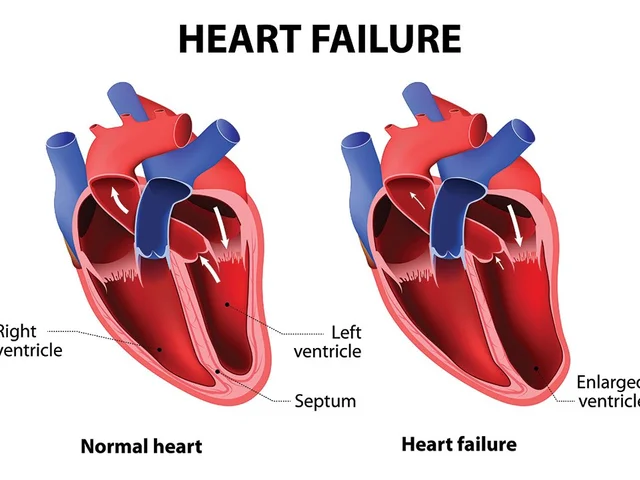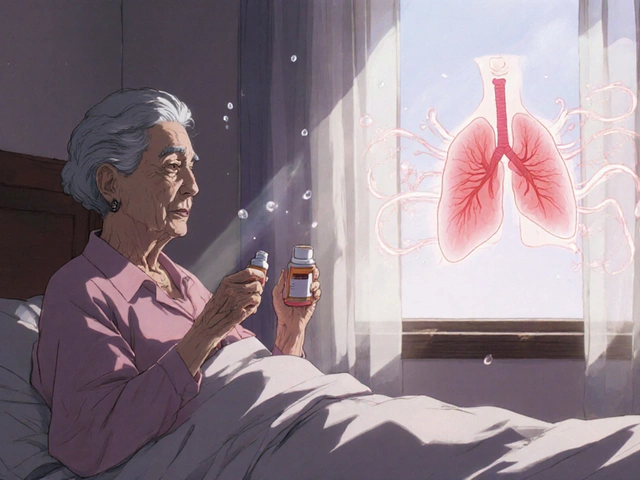Clotting Symptoms: What to Watch For and When to Act
Blood clots can show up out of nowhere, but the warning signs are often clear if you know what to look for. Spotting a clot early can prevent serious complications like a stroke or a dangerous blockage in your lungs. Below you’ll find the most common clues and practical steps to take.
Common Signs of Blood Clots
A clot in a leg (deep vein thrombosis, or DVT) usually causes swelling, warmth, and a painful ache that feels worse when you stand. The skin may look red or have a shiny appearance. If a clot breaks loose and travels to the lungs, you might feel sudden shortness of breath, chest pain that worsens with a deep breath, or a rapid heartbeat.
Clots in the brain cause a stroke. Look for a sudden drooping face, weakness on one side, trouble speaking, or a sharp, "what's going on?" feeling in your head. Vision may blur, and you could lose balance. These symptoms appear fast, so calling emergency services right away is critical.
Heart‑related clots often show up as chest pressure that doesn’t go away, nausea, or sweating without a clear reason. Some people describe it as a squeezing or tightness that spreads to the arm, jaw, or back. If you have any of these signs, treat them as an emergency.
What to Do If You Notice Symptoms
First, don’t wait. If you suspect a clot, call 911 or your local emergency number. While waiting for help, try to stay still and avoid moving the affected limb. Elevating a swollen leg can reduce discomfort, but don’t massage it—massaging can dislodge the clot.
If you have a known clotting disorder or have recently had surgery, keep your doctor’s instructions handy. Some people carry a medical alert card that lists their condition and medications like blood thinners. Sharing this info with emergency responders can speed up treatment.
After emergency care, follow up with a healthcare provider to discuss long‑term prevention. This may include blood‑thinning medication, compression stockings, or lifestyle changes such as staying active and maintaining a healthy weight. Even simple moves like short walks after a flight can lower your risk.
Remember, clotting symptoms differ from person to person, but the core messages stay the same: notice the signs, act quickly, and get professional help. Knowing these clues puts you in control of your health and can save lives.

Blood Clotting Disorders: Symptoms, Causes, Types, and Treatment Options
- By : Archer Hamilton
- Date : May 13 2025
Ever wonder why a tiny cut sometimes bleeds more than it should, or why some people have dangerous clots form inside their bodies? Blood clotting disorders are a tricky group of conditions that can turn the body’s natural defense system into a health risk. From bruising easily to life-threatening strokes, the signs aren’t always obvious. This article breaks down the different types, what to look out for, and the newest treatments that could make a huge difference in someone's life. Read on for real-life facts, actionable tips, and everything you need to know about staying safe if you or someone you love has a clotting problem.





